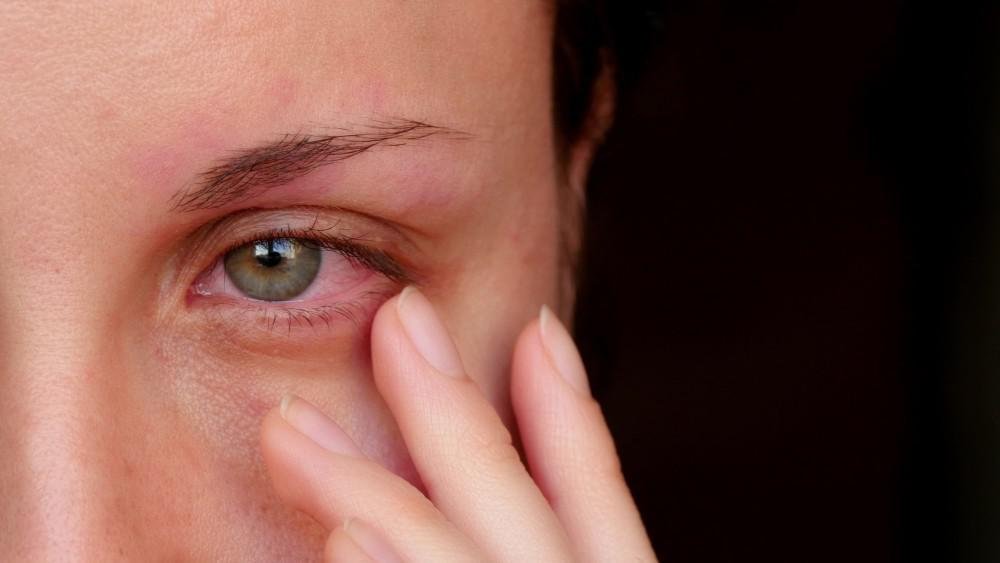Glaucoma is a group of eye conditions that can cause damage to your optic nerve. This can have a serious impact on your vision. The damage is usually caused by abnormally high pressure in your eye, called intraocular pressure (IOP). This pressure damages your optic nerve, which is responsible for transmitting visual information to your brain. Damage to this nerve can cause loss of eyesight, beginning with your peripheral vision.
This article is going to look at the different types of Glaucoma and what can cause this condition. We’’ discuss various treatment options you have with Classic Vision Care.
What Causes Glaucoma?
Glaucoma is primarily caused by an increase in intraocular pressure (IOP). This happens when the fluid, which normally flows in and out of your eye (aqueous humor), doesn’t drain out properly.
This fluid helps maintain your eye’s shape and health. With glaucoma, the drainage system (trabecular meshwork) gets blocked, leading to fluid buildup in your eye and hence increased pressure – IOP.
Glaucoma can also develop with normal eye pressure. This is called normal-tension or low-tension glaucoma. Optic nerve damage can occur due to reduced blood supply to the optic nerve. This happens thanks to a blockage somewhere along the blood supply.
The risks of developing glaucoma increase if there is a family history of such a condition. Your risk of developing glaucoma increases the older you get, particularly for people over the age of 60.
Ethnicity also plays a role in your risk of glaucoma, with people of African, Asian and Hispanic descent having a higher risk factor.
Diabetes, high blood pressure and heart disease also add to the risk factor of developing Glaucoma.
What Are The Symptoms of Glaucoma?
Glaucoma is sometimes called ‘the silent thief of sight’. This is because, during the early stages of glaucoma, there is rarely any pain or noticeable symptoms. As the condition progresses, however, symptoms and pain can develop. Different symptoms present themselves depending on the kind of glaucoma you have.
For example, the most common form of glaucoma is open-angle glaucoma. Symptoms progress slowly, and it’s not until significant damage has been caused do we notice. These can include loss of peripheral vision, tunnel vision, eye redness and sometimes eye pain.
Acute angle-closure glaucoma, less common but more severe, can cause sudden, intense symptoms. These include severe eye pain, blurred vision, headache, rainbow-coloured circles around bright lights, nausea and vomiting, and sudden visual disturbances, especially in low light. This type of glaucoma is a medical emergency and requires immediate treatment.
Normal-tension glaucoma, another form, presents similar symptoms to open-angle glaucoma: progressive peripheral vision loss and tunnel vision in the later stages. However, it occurs despite normal eye pressure levels.
Is Glaucoma Hereditary?
Yes, glaucoma can be hereditary, especially open-angle glaucoma. If one of your family members, particularly a close relative such as a parent or sibling, has been diagnosed with glaucoma, we recommend you contact us for a check-up immediately.
You need to begin regular checkups for glaucoma, and other eye conditions, especially if there is a family history of such things.
What Are The Types Of Glaucoma?
Open-angle Glaucoma
Open-angle glaucoma, the most prevalent form of glaucoma, is a chronic eye condition characterized by a gradual increase in intraocular pressure (IOP) that damages the optic nerve. This increase in pressure occurs due to the slow clogging of the eye’s drainage canals, leading to an excess accumulation of aqueous humor, the fluid in the eye.
Narrow-angle Glaucoma
Narrow-angle glaucoma, also known as angle-closure glaucoma, is a less common but more urgent eye condition. It occurs when the iris is too close to the drainage angle in the eye, causing blockages. This leads to a rapid increase in intraocular pressure, requiring immediate medical attention to prevent vision loss.
Normal-tension Glaucoma
Normal-tension glaucoma is where optic nerve damage occurs despite having normal intraocular pressure levels. The exact cause is unclear, but factors like reduced blood supply to the optic nerve due to systemic health issues may contribute. It’s often detected through routine eye exams, as symptoms are typically absent.
Secondary Glaucoma
Secondary glaucoma arises due to an underlying cause, such as eye injury, inflammation, tumor, or advanced cataract. It can lead to increased intraocular pressure, resulting in optic nerve damage.
Can Glaucoma Be Cured?
Glaucoma cannot be cured, and the vision loss it causes is irreversible. However, with early detection and proper treatment, the progression of glaucoma can be slowed or halted.
We will give you a comprehensive eye examination to determine if you have glaucoma, and to what extent.
Treatments include medications, laser therapy, and surgery to lower intraocular pressure, which can help prevent further optic nerve damage and vision loss.
Contact Classic Vision Care Today to Help You Manage Glaucoma!
If you have a family member with glaucoma, or you have any suspicions or concerns about your eye health, or if it has been a long time since you’ve had your eyes checked, contact us to book an appointment.

